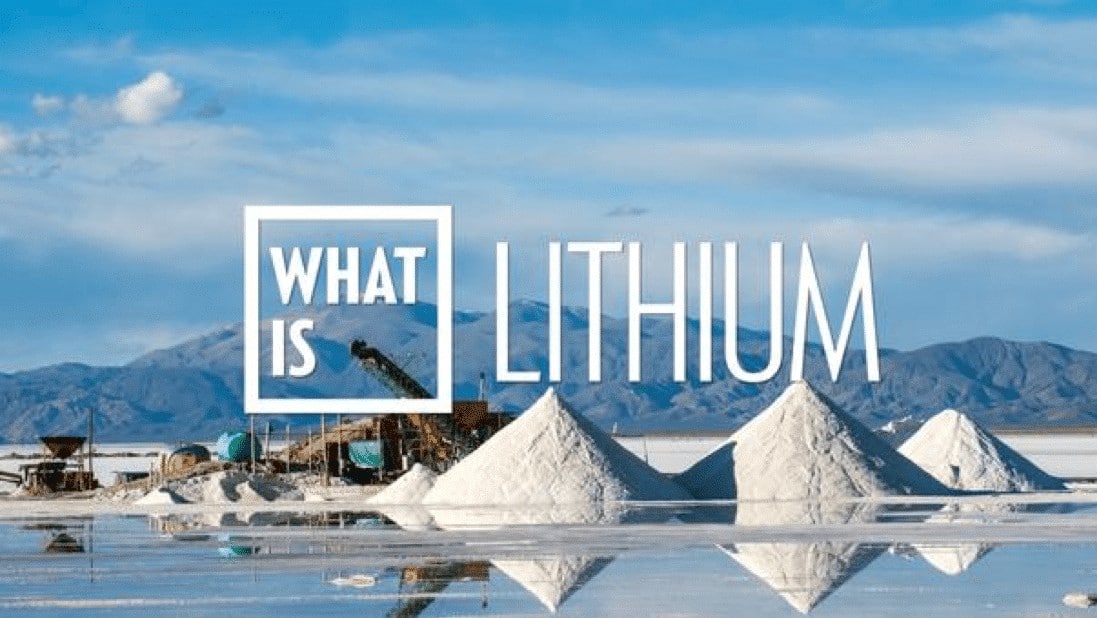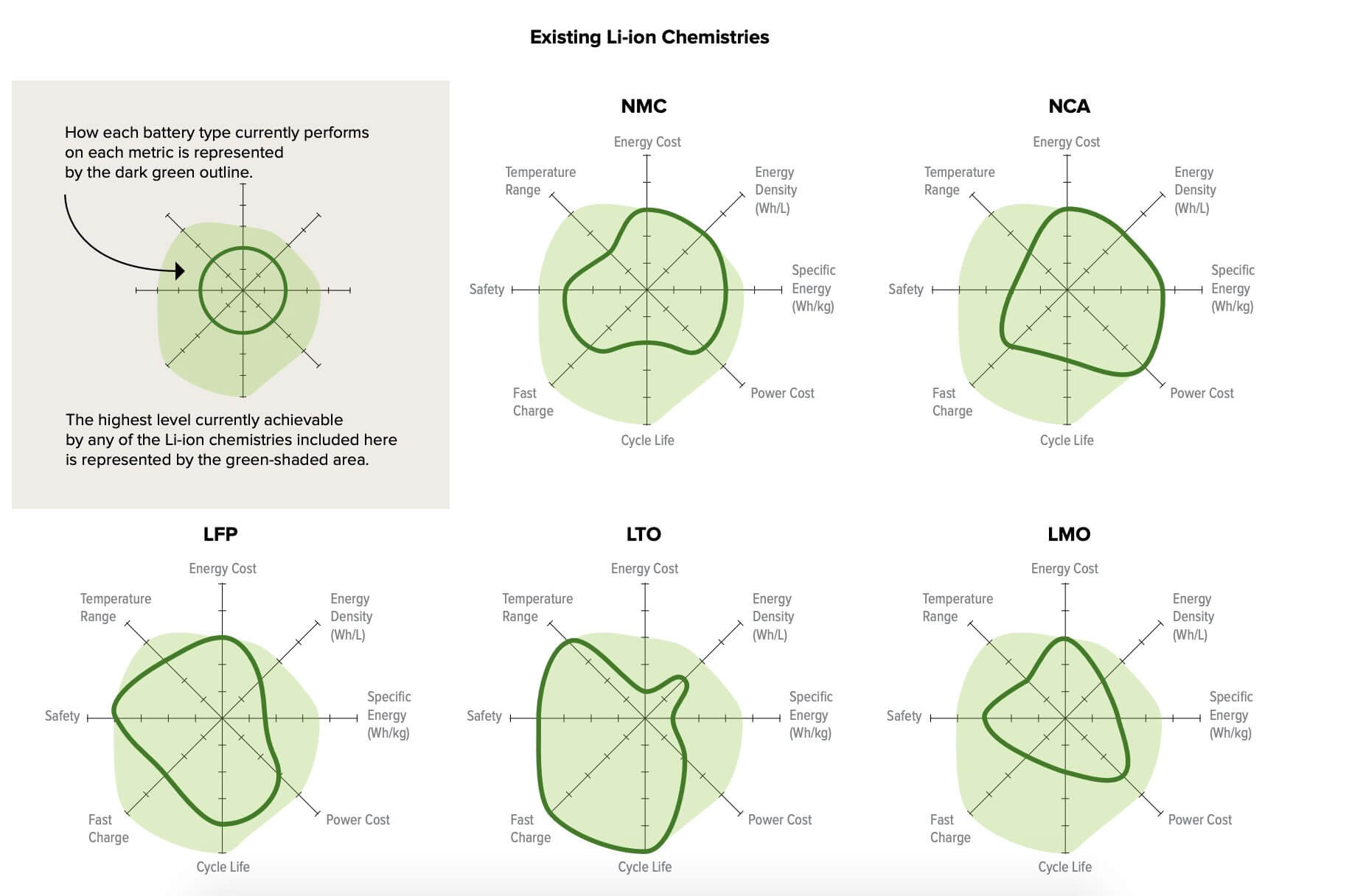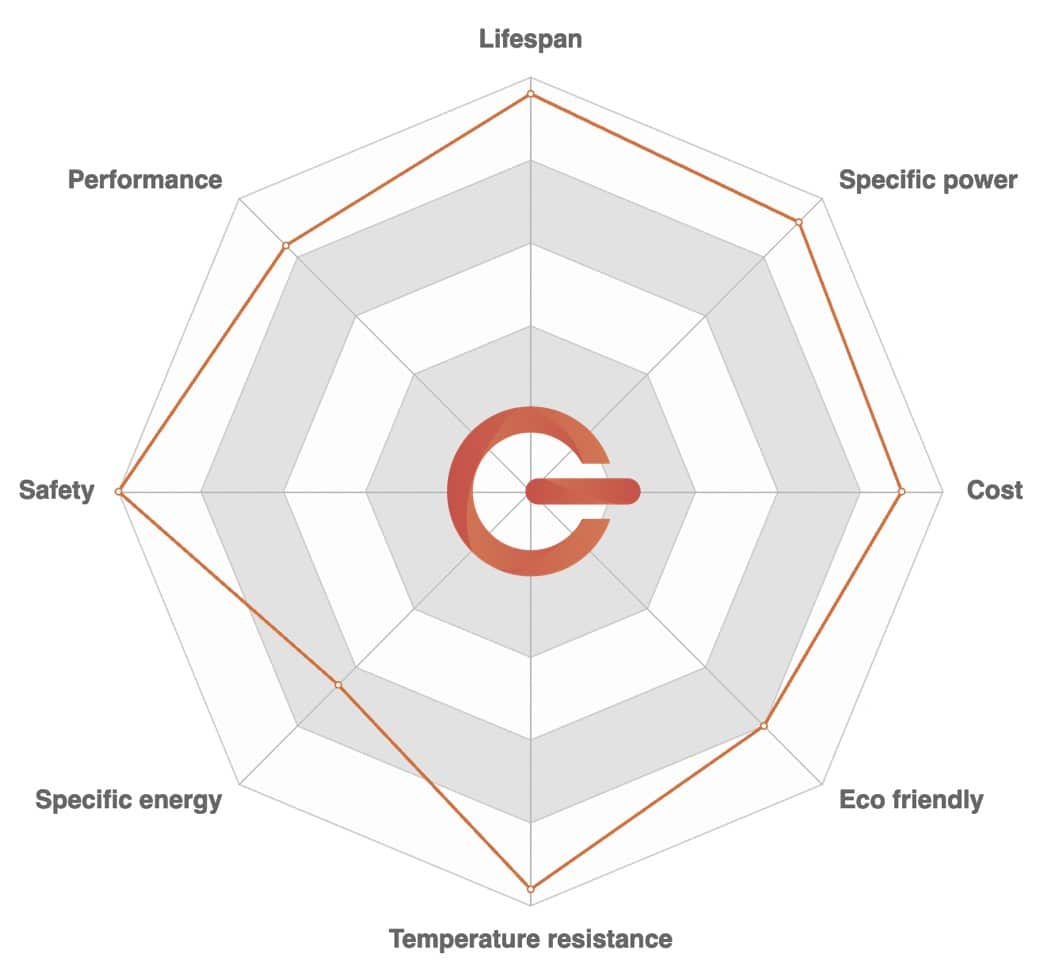What is an accumulator
Lithium ?
Lithium: a rife resource on Earth
Lithium is the chemical element with atomic number 3, symbol Li. It is an alkali metal, located in the first group of the periodic table of elements. Highly reactive, lithium does not exist in its native state in the natural environment, but only in the form of ionic compounds. The total world resource identified by the USGS is 53.8 million tonnes, of which 58% is in Bolivia and 27% in China. To date, the largest extracting countries are the United States, Australia, Chile, Argentina and China.
The battery technology switch to lithium was born from a European directive designed to protect its citizens from the harmful effects of heavy metals on health. Thus, cadmium, which was widely used in the early 2000s – the famous NiCad batteries – has been banned from consumer applications.
Developed from the 1990s onwards, lithium-based batteries have promptly become more widely available and have almost completely replaced NiCad batteries, with obvious ecological advantages over lead-acid or cadmium batteries.
Why such a success?
The success of lithium in batteries is based on three advantages. On the one hand, the energy density stored in lithium batteries is higher than that of nickel-cadmium batteries, or that of their ephemeral substitutes, nickel-metal hydride (NiMH) batteries. On the other hand, lithium is a very light metal. Finally, these lithium batteries do not have a memory effect, unlike the NiCad, which required the battery to be completely discharged in order to recharge it, otherwise it would lose capacity. These three advantages – density, lightness, memory effect – have largely contributed to the rapid deployment of lithium in laptops and phones. Now it is time to store energy on a larger scale; cars, boats, homes, smart power grids….
Lithium’s setbacks
However, in recent years, we have seen several high-profile cases of consumer alerts or product recalls. We remember the first massive recall of 6 million batteries by Sony in 2006. But announcements have been made by other manufacturers in 2006, 2008, 2014…. Among the latest to date, Toshiba announced in early 2016 a recall of 100,000 computer batteries produced between 2011 and 2015 for fear of overheating that could lead to burns or fire risk or, of course, Samsung with the instance of its high-end smartphone – the Galaxy Note 7 – and its explosive batteries…
Should we talk about ONE lithium technology?
The authorities, as a precautionary measure, lumps everything together, summarizing the situation as lithium-ion = danger. In fact, there are many lithium-based battery technologies, each with its own area of relevance, advantages and disadvantages.
Let’s have a quick overview of some existing lithium chemistries:
- The lithium-cobalt battery (LiCoO2) has today the highest energy density among the different lithium technologies. Among its advantages, we can mention the absence of memory effect and a very low self-discharge, which allows it to be stored for a long time. It has conquered the world of laptops and telephones, and it is also the one that equips the Boeing 787 “Dreamliner”. You guessed it: it’s a capricious battery… It requires great care in its charge. Incorrect balancing of the cells, and the battery overheats or even explodes ! After two aircraft fires, fortunately without human loss, Boeing and its partners have completely redesigned the BMS (battery monitoring system), which manages the balancing of the battery cells, monitors the temperature and disconnects if the voltage is too low. Mechanical protection is also necessary to avoid shocks. A damaged internal structure or a perforation can cause a fire.
- The lithium-nickel-cobalt-aluminium (NCA) battery, which is similar to the previous one in terms of performance, is used in Tesla electric vehicles. With its low internal impedance, it allows high discharges, necessary for the impressive accelerations of these cars. Similarly, it allows recharging at high currents, limiting the duration of recharging. Disadvantages: they are very expensive to produce and are unstable; cases of fire in these cars have been reported.
- Lithium-manganèse-cobalt (NMC) technology, still used in electric vehicles but also in some portable tools, is chosen for its durability and greater stability than the previous battery. General Motors has selected it for its range of electric vehicles. But it is a battery that does not withstand temperatures above 50°C. Tesla therefore preferred to confine this technology to stationary storage batteries for private individuals, as it takes up more volume for the same capacity. These batteries still present the risk of fire or even explosion that lithium-cobalt batteries are accused of.

A global tension is emerging around the supply of Cobalt, as it is a scarce resource on earth. 62% of the production is located in the Democratic Republic of Congo, often traded under armed conflict in artisanal mines and extracted by children…
- The lithium-metal-polymer (LMP) battery powers the Bolloré “Bluecar”. It does not present an explosion risk but has a relatively modest capacity/weight ratio of 110 Wh/kg, which is still nearly three times higher than the lead-acid battery. It is a ” hot ” battery that requires a temperature of 80°C to operate.
OLENERGIES SYSTEMS: SAFETY/ LONG LIFE/ ECOLOGY
The above lithium technologies cannot be an acceptable choice to equip Olenergies storage systems because they are either dangerous and unstable or incompatible with high power requirements.
In recent years, a new energy storage cell technology has emerged: Lithium Ferro Phosphate (known as LifePo4 or LFP). This technology has a slightly lower energy density, but is inherently non-combustible, so there is no risk of fire or explosion.
Olenergies has chosen to further develop the possibilities of this chemistry by means of one of the strictest cell quality control systems on the market and by systematically integrating its “BMS” electronic management card, which provides undeniable performance and safety.
Olenergies is very strict about the quality of its products. Its cell specifications and quality tests are among the most stringent in the sector to meet the requirements of its customers. In addition, each of its energy storage systems incorporates the “BMSO” electronic management technology, which guarantees hands down the highest levels of safety, durability and performance on the market.





